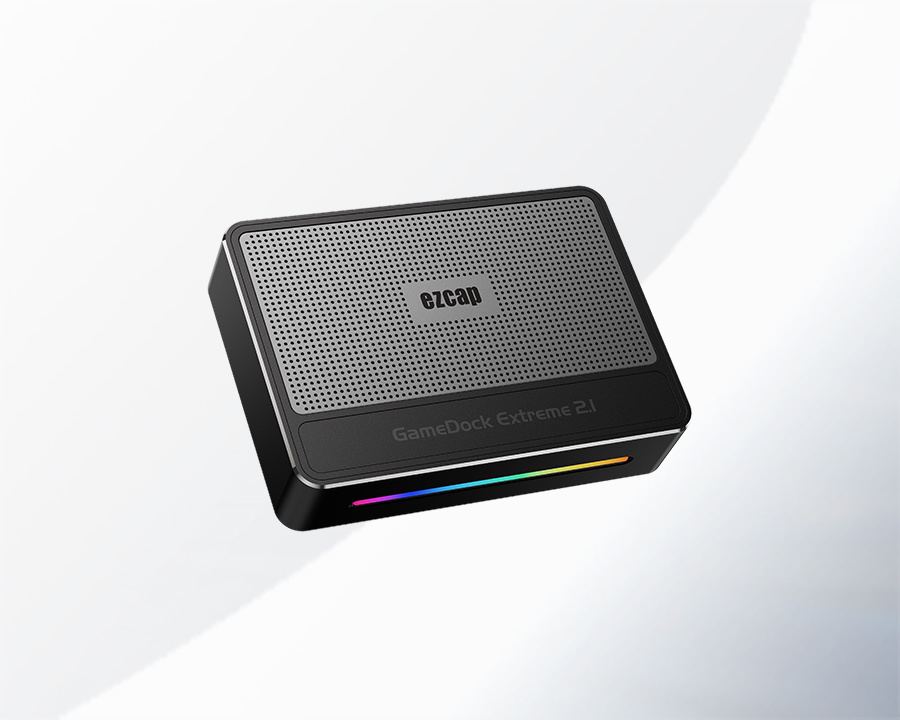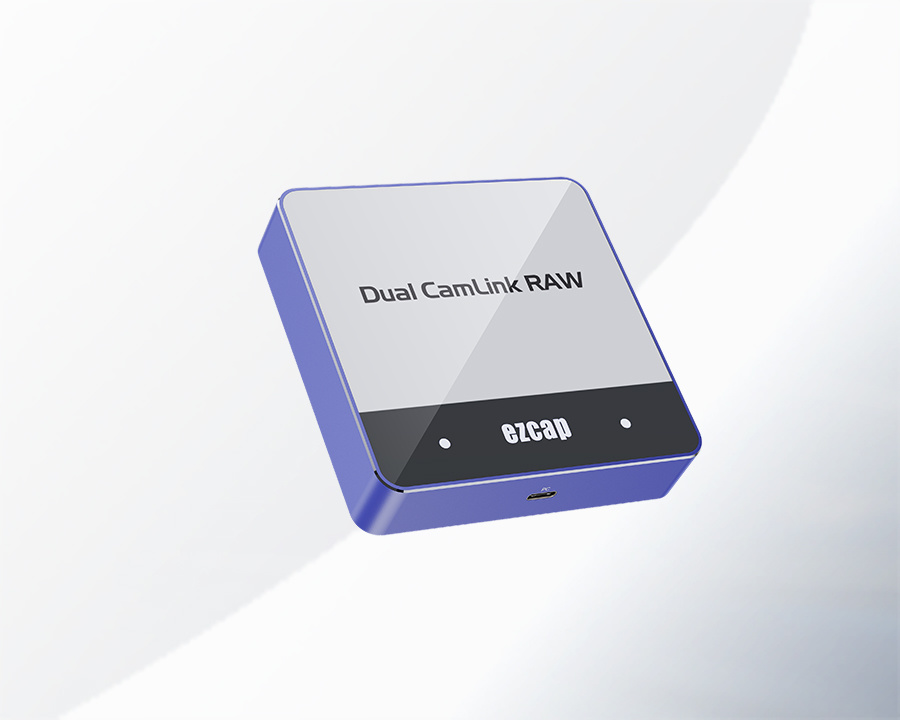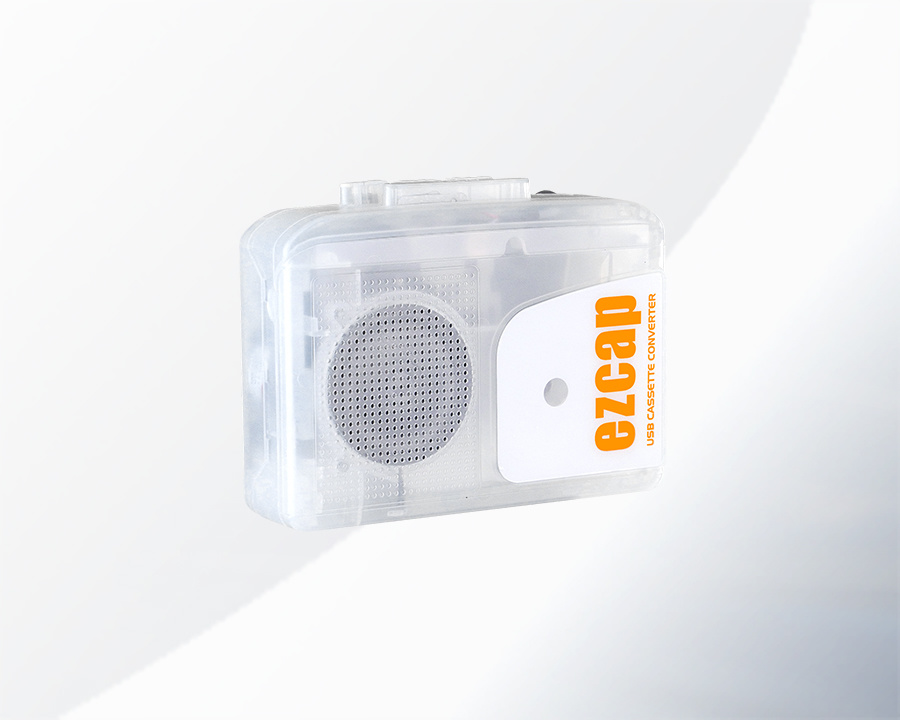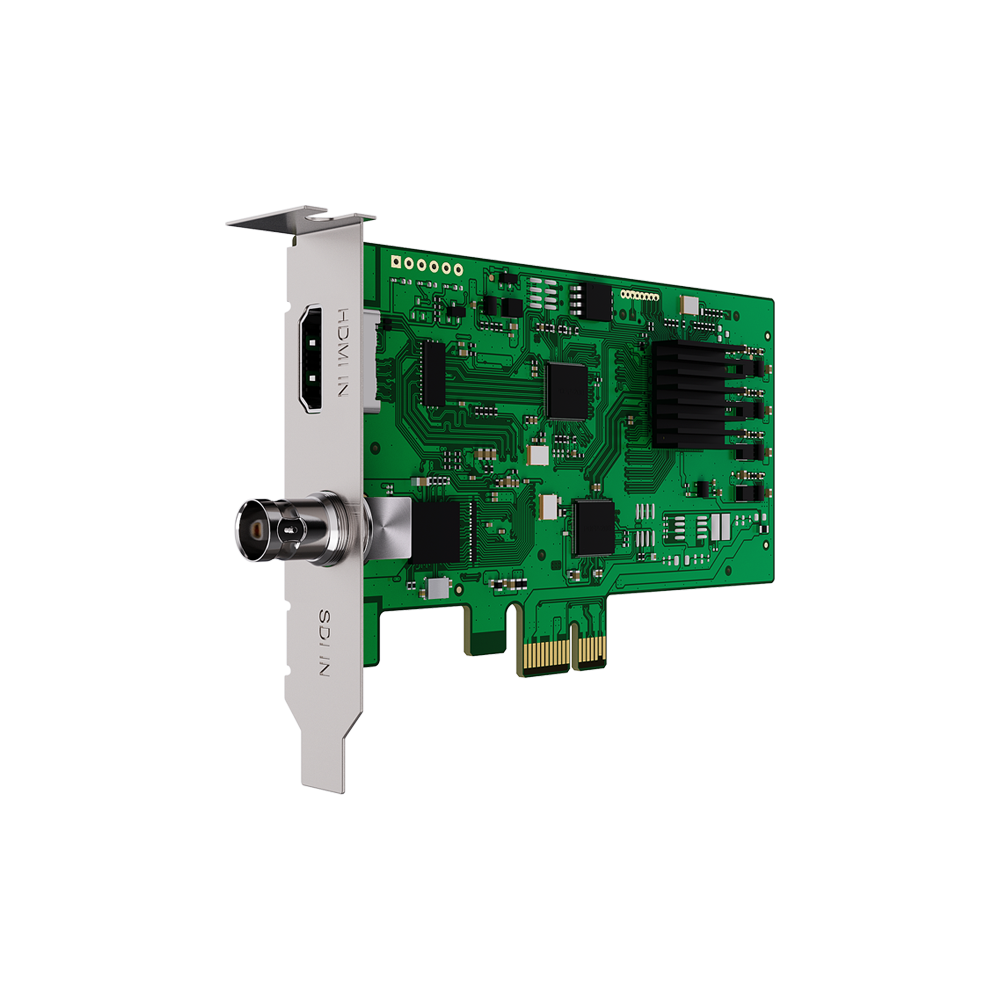31
2024
-
12
Instruction to Analog Video - Composite Video
Author:
When color was introduced to black-and-white television in 1954, the composite video was born. The original monochrome signal (Y) was multiplexed with two color channels (U and V) and broadcast on the same TV channel.
Composite video is a single-channel analog video transmission format that carries standard-definition video at 480i or 576i resolution. HD content and progressive scan images are not supported. Audio is supplied on a separate connection in composite video format.
Composite video is also called SD video for the standard-definition television signal it transmits or by the letters CVBS for composite video baseband signal or color, video, blanking, and sync. The composite video comprises three types: NTSC, PAL, and SECAM.
A composite video cable, often known as an RCA (radio corporation of American) or “yellow plug” cable. The audio of composite videos is generally left and right channels, using white and red RCA terminals, with white corresponding to the left channel and red corresponding to the right channel.
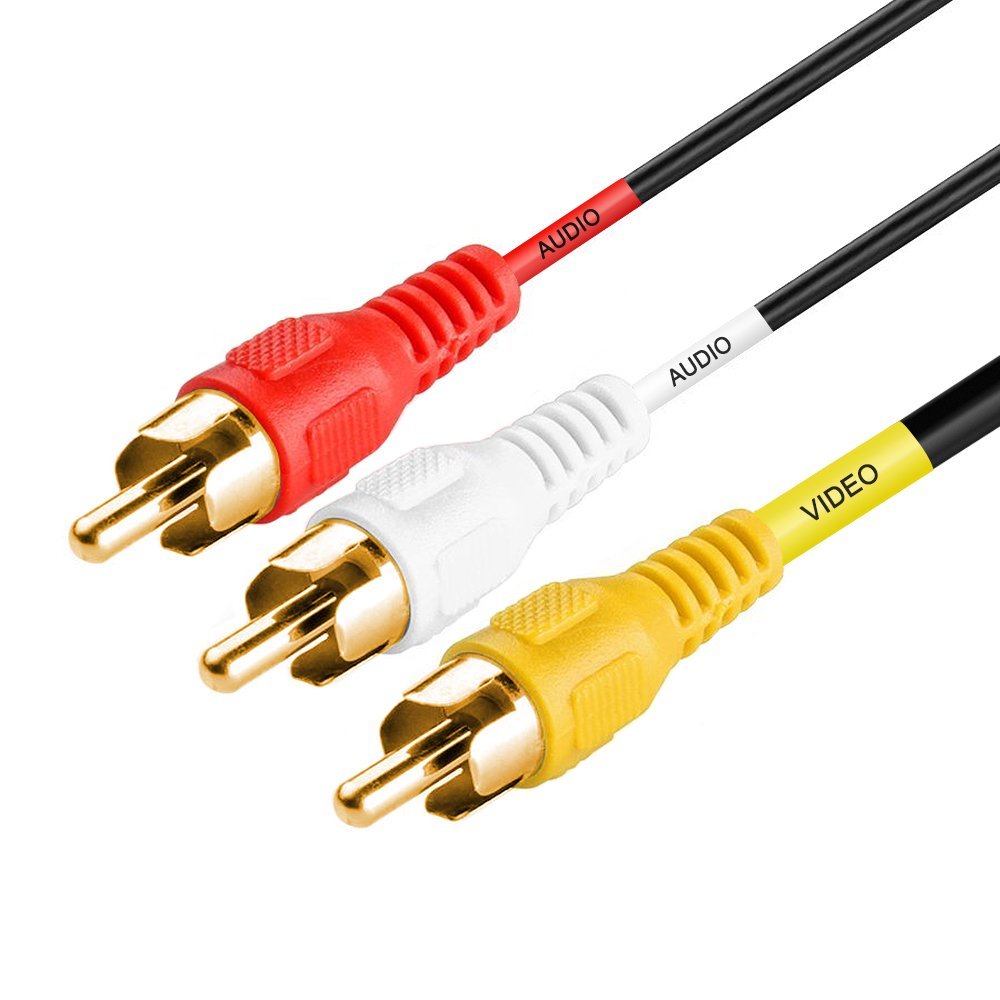
Composite video is only helpful nowadays if you use outdated technology like video game consoles, VCRs or VHSs. As a result, several modern HDTVs come with at least one composite video input to allow them to work with older equipment.
ezcap, composite video, VHS, VCR, video cpature, capture card
Previous page
Previous page


